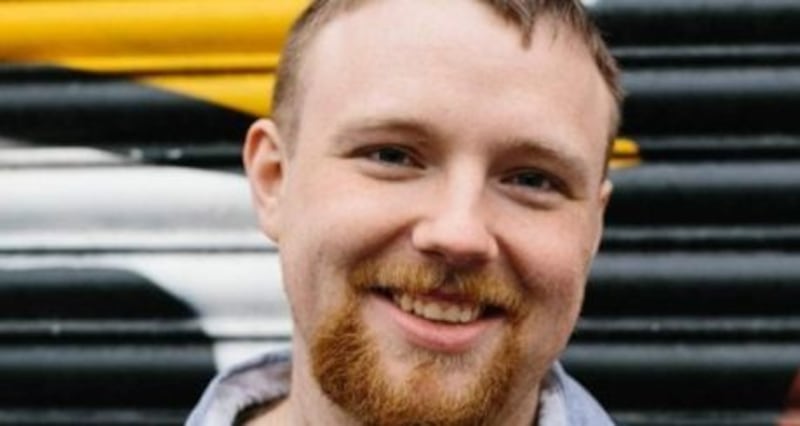The body of the Irish man that was pulled from a Danish harbour earlier this month was found just metres from where he was last seen on CCTV, it has emerged.
Peter Burns (29), from Dunboyne, Co Meath, did not make it back to the apartment he shared with his sister in Aarhus on December 5th following an evening out with colleagues.
His body was recovered from the Aarhus harbour on January 17th, remarkably close to where the accident is believed to have occurred but Danish police reject the claim that an inadequate search had been mounted.
Superintendent Martin Frank Andersen, the chief investigator of the East Jutland Police, said he did not regard the search as a failure, even though Mr Burns's body had been lost for six weeks and he was eventually found by a member of the public.

“We spent a very high number of hours searching for Peter, using all search methods available, and every time we got a new clue we went out again,” Superintendent Anderson told The Irish Times.
A police search began immediately after the alarm was raised, involving dogs, divers from the local fire department and the national defence, while ships in the harbour used sonar equipment in a bid to find him.
“The harbour is a huge area and the visibility isn’t great, but I’m confident that we did everything we could. We also stayed in contact with the family and continued to update them on our efforts to find Peter,” he declared.
Drowning accidents
Mr Burns’s body was finally discovered very close to where he was last seen on CCTV and where police suspect he had fallen into the water. However, that may have been a coincidence, Superintendent Anderson said.
“We cannot guarantee that the body was in the same area all along just because it was found close to where we believe he fell in. There is a lot of circulation in the water and there was a strong wind before he was found, which could have caused his body to drift closer to land,” he added.
Eight people have died in drowning accidents in Aarhus harbour since 2017, according to the local newspaper, and local citizens have now called on the local authorities to take action to ensure that more lives are not lost.
The local municipality has increased the number of ladders and lifebuoys and it has experimented with thermal underwater cameras in risk areas, but the measures are insufficient, critics argue.
Now the Aarhus mayor, Jacob Bundsgaard, has said that he is willing to heed the calls for extra fences, along with an increase in the number of street lights close to the harbour waterfront.
Vivian Winther Eriksen, the chair of the Danish branch of the organisation Missing People, which helped try to find Mr Burns, said many of the searches she had been involved in had all happened in places along the harbour where there was poor lighting.
“I remember three major searches in the last five years. The people didn’t fall into the water in the exact same place, so you cannot mark just one place as particularly dangerous. But the common denominator of the scenes is insufficient lighting.
“In general, the pathways along the waterfront are incredibly poorly lit and that puts human lives at risk,” Ms Winther Eriksen said, adding that the search for Mr Burns was by no means the longest. Some have gone on for three months, she said.
Mr Burns, who moved to Aarhus with his twin sister a few months before his death, had recently found a job at a city restaurant, where he was working as a chef on the night of his death.
He and his sister lived in an apartment in Aarhus Ø, a relatively new city district in Aarhus, characterised by its waterfronts and modern buildings, which is home to thousands of people.
Days after the police recovered his body, a small collection of flowers and candles marks the site where he was found, along with a letter to Mr Burns from his former restaurant colleagues, thanking him for the short time they knew him.
A celebration of his life will take place in the Victorian Chapel, Mount Jerome Crematorium, Harold's Cross at 10am on Friday, followed by the burial of his ashes with his grandparents in Moorechurch Cemetery, Whitecross Glebe, Julianstown, Co Meath.










